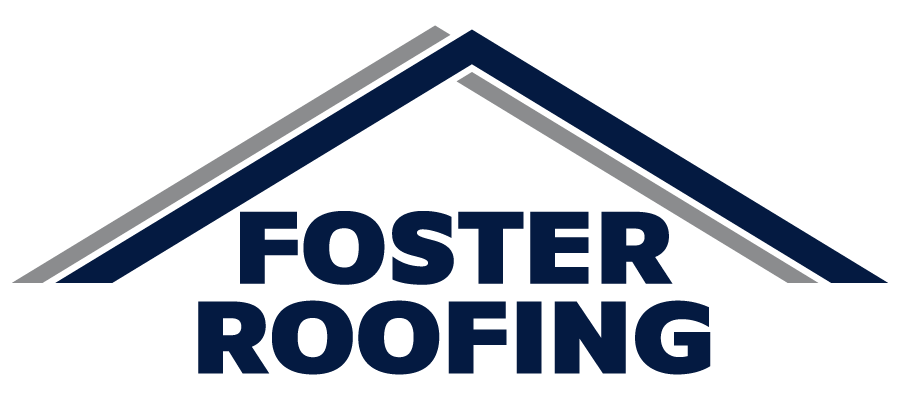Roof Hail Damage | Storm Season is Approaching
The United States experience 4,611 hailstorms in 2020, according to the NOAA Severe Weather Database. During a hailstorm, more than just vehicles, windows, and other outdoor equipment is vulnerable to damage. When hail strikes, it can also damage your roof or other types of home coverings. Although hailstorms can be a destructive force, the damage can vary. The following article outlines the factors that affect the degree of damage from a hailstorm, what to look for when your roof may have been subjected to hail, and how Foster Roofing can help.
Factors Affecting Hailstorm Damage
Size and Density
The hailstone sizes impact the degree of damage to your roof. Hailstones range from pea-size to as big as a softball. Most hailstones have jagged edges which can further affect the damage type and severity.
Wind
During a hailstorm, the wind speed and direction can drastically vary. Changes in wind conditions impact the severity and location of the hail impact on your roof as well.
What to Look for After A Hailstorm
Different materials react differently when struck by hail. For instance, hail damage to composition and asphalt shingles looks different than damage to wood shingles. It is critical to understand the different types of damage based on your roofing materials to determine if there have been impacts on the roof.
Asphalt and Composition
Asphalt and composition shingles offer random hailstorm damage without any type of pattern. Hail hits tend to be black and there could be a loss of granules which might expose the roof felt. One indicator of damage is the impact location will appear shiny since these materials tend to be matte. Also, look for damage that is soft to the touch, like the bruise on an apple.
Wood Shingles Hail Damage
You will typically see a split in the shingle with sharp edges and corners, is orange/brown, and has little-to-no deterioration around the edges. Also, the impact dents or marks will appear around the splits of the shingle.
General Damage
With almost any type of roof, you should look for a loosened bond between the granules and lower layer. Although this cannot be observed from the ground, loosened granules will end up in the draining areas of your gutters. If you see an accumulation of granules after a hailstorm then you must have your roof inspected. If granules fall off damaged areas, then the sun’s UV rays can weaken the exposed spots making them brittle. During the winter, shingles expand and contract which can cause curling and cracking post-hailstorm. These exposed areas become incredibly susceptible to wind damage and water leaks.
How Foster Roofing Can Help
Weather and storm damages have varying characteristics as the seasons’ progress. Therefore, an roofing contractor from Foster Roofing can determine if the damage is new or old. This is important because insurance claim periods vary but there is commonly a set time limit for a homeowner to claim damage. Also, you want to catch any hail damage before leaks occur which can cause mold, wall and ceiling damage, electrical issues, and loss of personal property.
If you believe your roof has suffered damage from a hailstorm, contact Foster Roofing immediately to perform an inspection before the small issues become major problems. Foster Roofing offers roof repair and replacement, as well as insurance assistance to help you pay for the repairs. Please reach out to Foster Roofing today! You can also contact our team by filling out our convenient web-based contact form.



